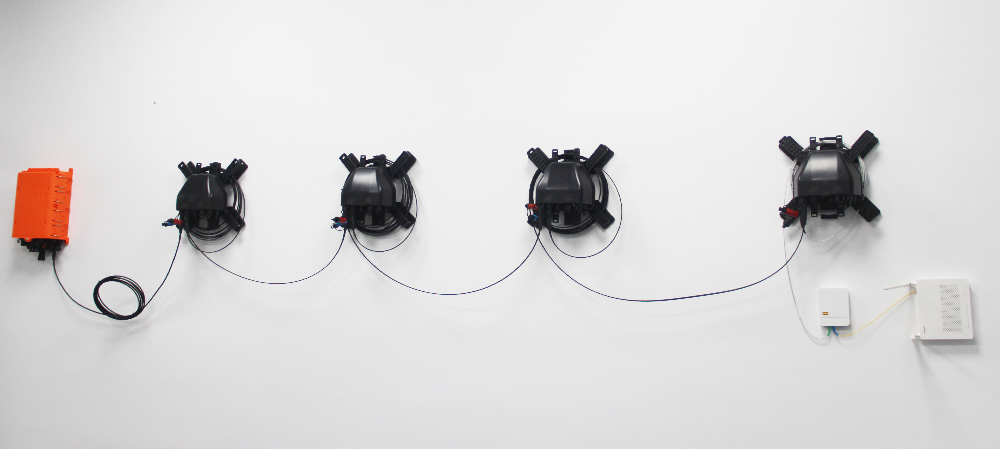FTTH GPON Aerial Solution with Splitter Plug and Play
The FTTH GPON Aerial Solution with ARTIC Splitter Plug & Play 1:9 allows very easy and fast construction of GPON aerial networks with no requirements for experienced fiber optic network technicians.

